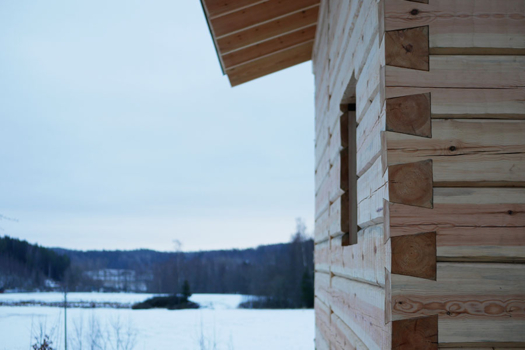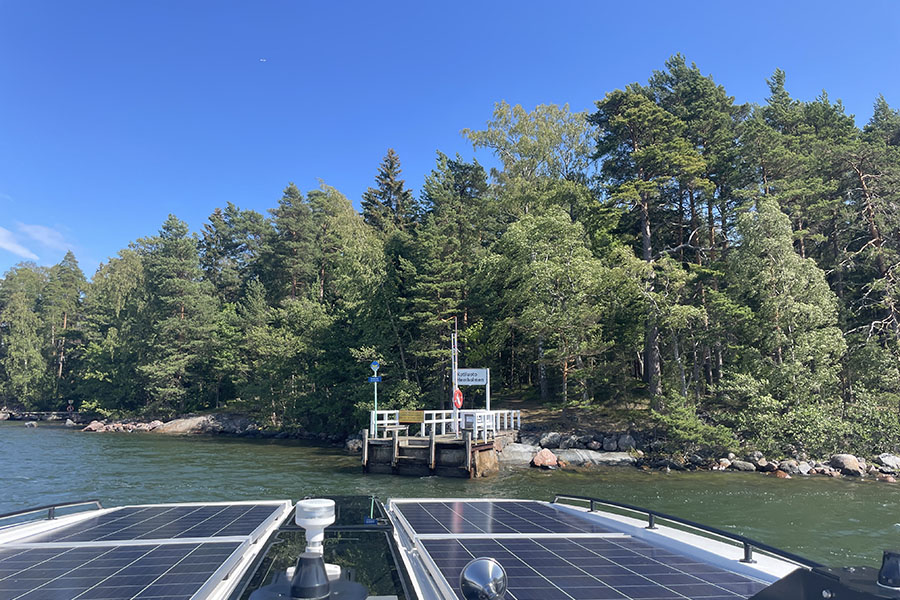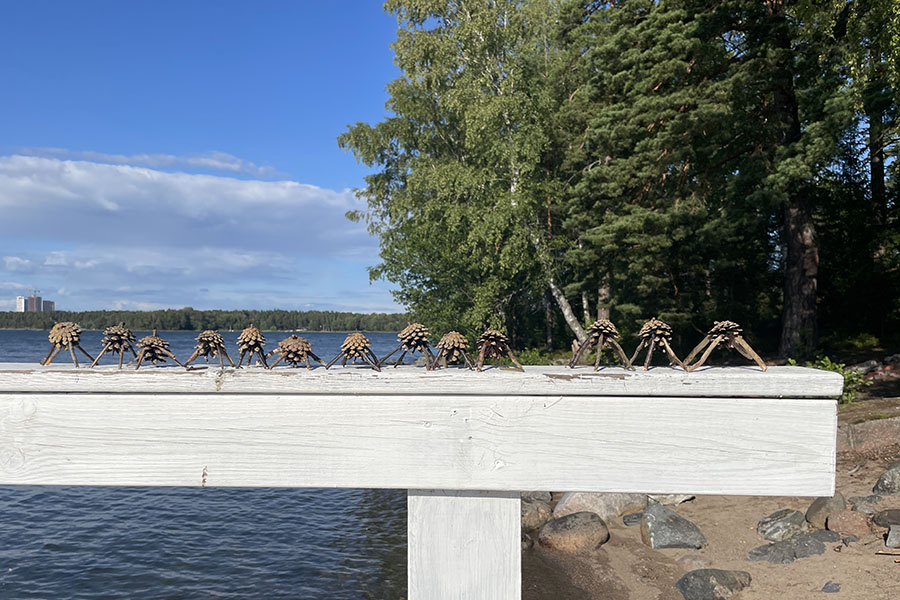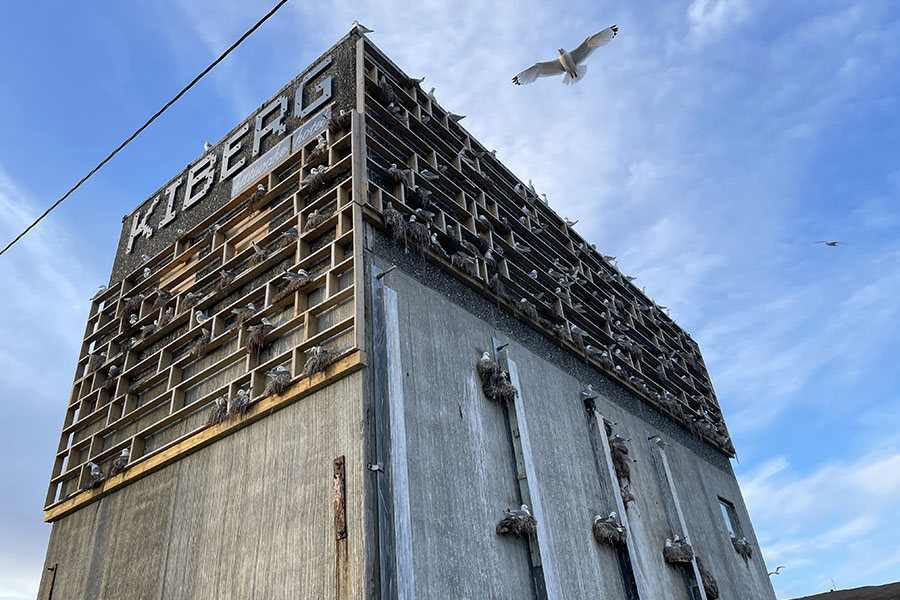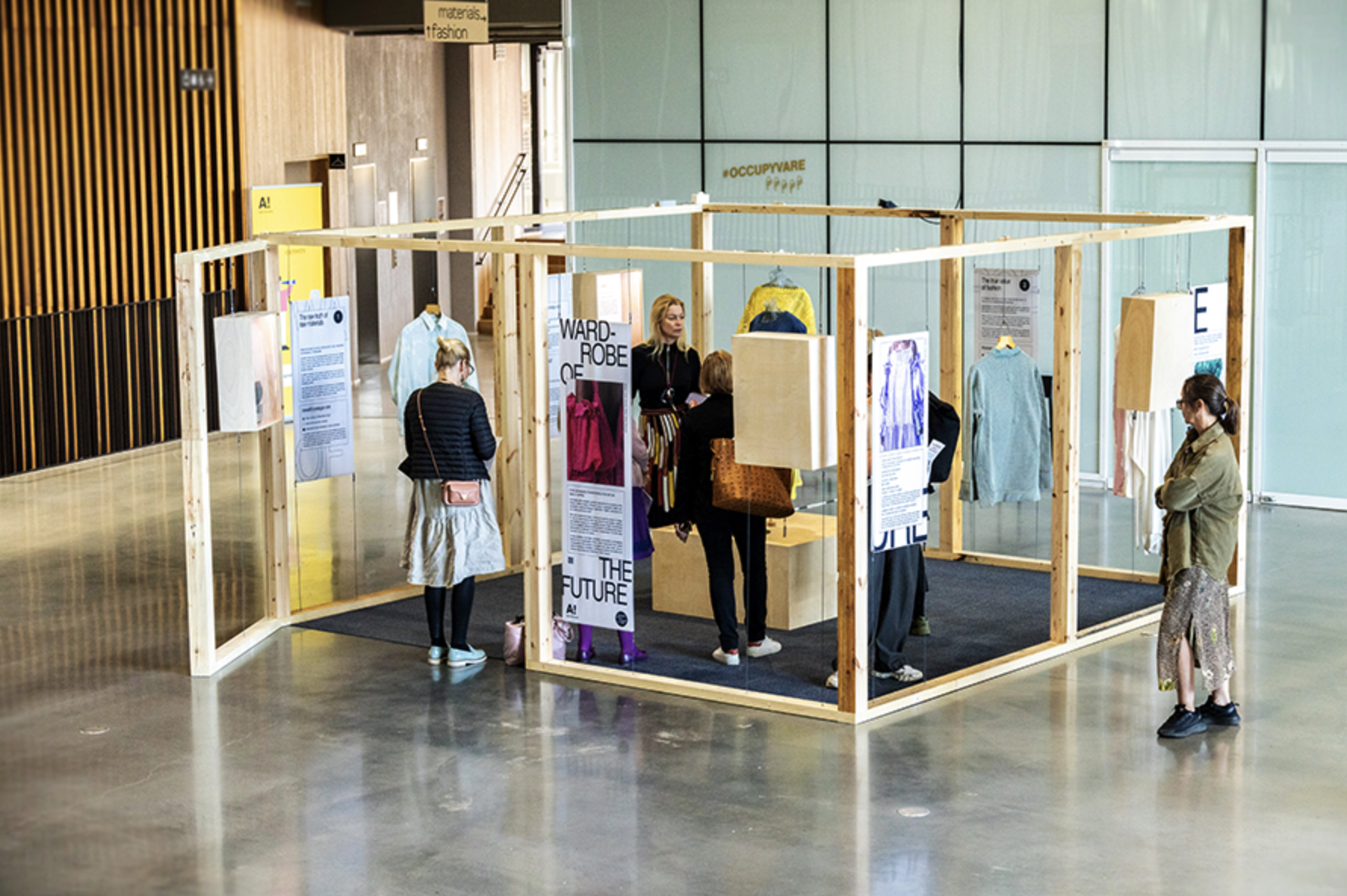Haven - for humans and non-humans alike
Helsinki (FI) - Mentionné

DONNÉES DE L’ÉQUIPE
Associés: Saara Kantele (FI) – architecte, Paul Bot (NL) – artiste
saara@saarakantele.fi / saarakantele.fi
TEAM PORTRAIT
VIDEO (by the team)
INTERVIEW
Click on the images to enlarge
1. How do you define the main issue of your project in relation with the theme “Living Cities Imagining architecture taking care of the milieus”? And in which way do you think your project can contribute to an ecological and/or social evolution?
Our project tackles the issue of how can humans and non-humans live with each other. How can the human influx to the islands be a net gain to biodiversity and the health of species. Our project answers this, and contributes to ecological evolution, by introducing a way of seeing non-human and human actors as equal stakeholders whose needs and wishes are considered, in macro and micro scale.
2. How did the issues of your design and the questions raised by the site mutation meet?
In our view, the main issue defined above and the main question raised by the site are one and the same. These issues are among the most pressing contradictions of our time, in which human species feel separated from all other beings, whom make life – including human life – possible.
PROJECT:



We both have worked on these issues, with well-being of non-humans and forest biodiversity, but this is our first joint project. We were impressed by diverse shelters made for animals, like bee hotels and artificial nests for low-snow winter seals in Finland. These were structures specifically made for non-humans and we aimed to incorporate this mentality in holistic more-than-human design thinking.
SITE:

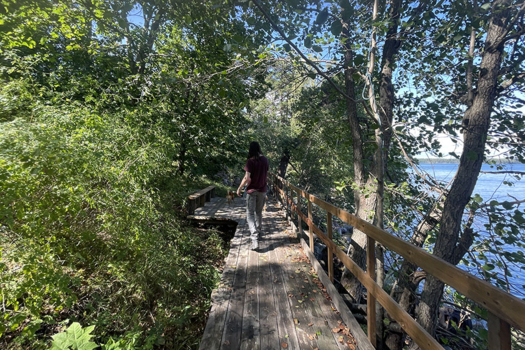

Communication with relevant actors is necessity. This includes silent actors such as the island flora and fauna. They need “a lawyer” keeping up their rights. This should be an ongoing iterative process in the background, while islands are being used and developed. We considered this and included research, screening and “diversity actor groups” as customers to communicate with.
REFERENCES:



We are a couple working well as a team, being interested in similar issues we are trying to solve the current planetary problems from a bit different backgrounds and perspectives, we formed the team with this baseline.
6. How could this prize help you in your professional career?
We hope to be able to join the Helsinki city team and assist with creating a thoughtful way of opening and developing the islands. Additionally, the prize gave us clarity that we are in the right track thus motivating us in further competitions and developing new projects. Perhaps we’ll also find new connections and co-operation possibilities through this competition.
TEAM IDENTITY
Legal status: "soon to be married" ... so the status will be legalised.
Team name:
Average age of the associates: 33 years old
Has your team, together or separately, already conceived or implemented some projects and/or won any competition? if so, which ones?
Saara Kantele won the Rovaniemi Youth Library architecture student competition (2012), followed by implementation, got 1st. stage winner with a team from Nordic Build Cities (2016) and has also gotten various honorable mentions. Saara has also done wooden sauna projects.
WORKS:

